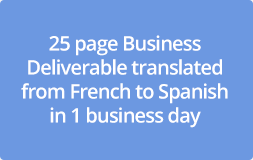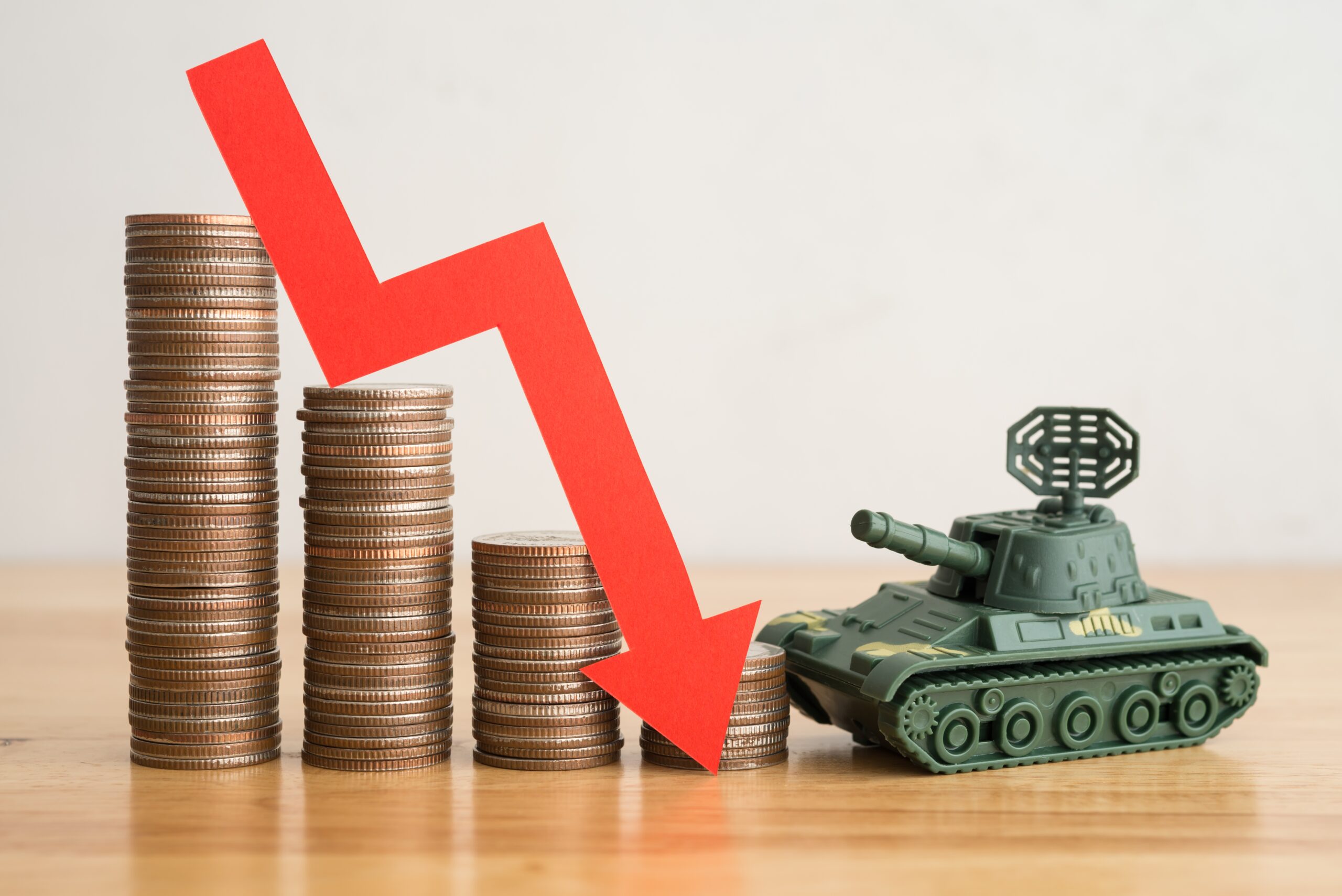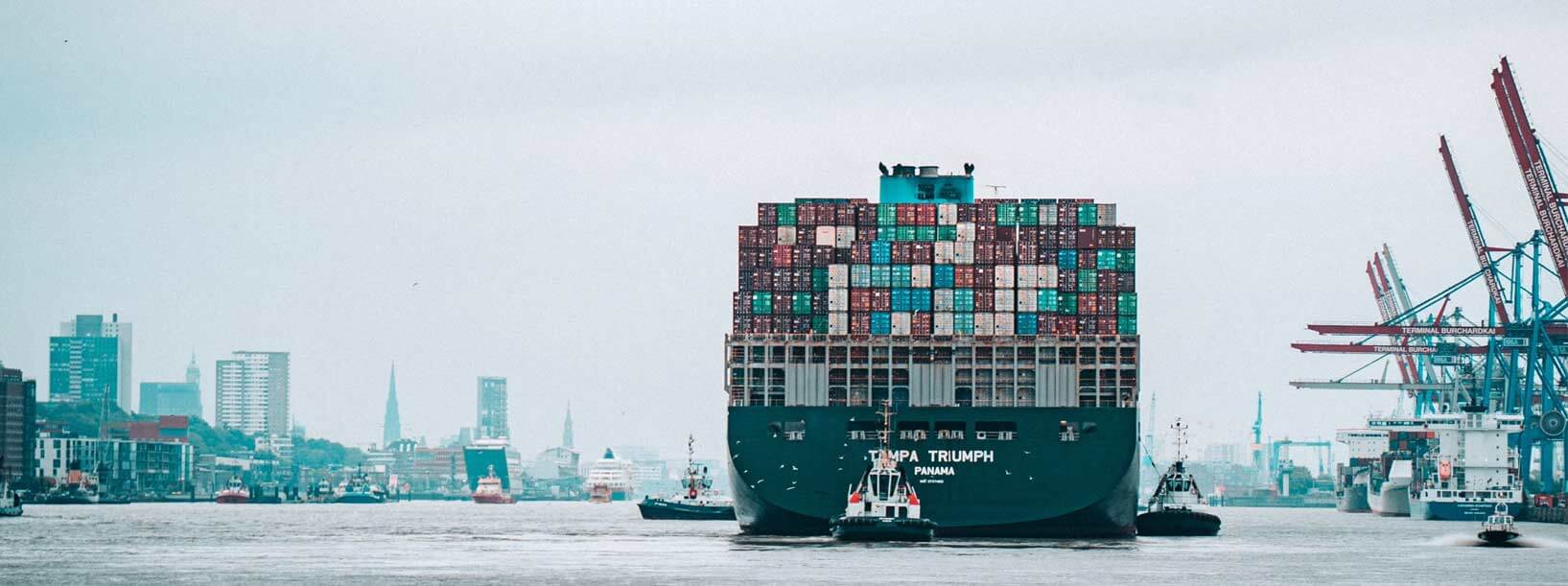Is the Italy-Africa relationship taking off?
Is the Italy-Africa relationship taking off?
Africa has been one of the fastest growing region in the last decade, holding for long periods the highest rate of return on foreign investment than in any other developing region[1]. Despite a recent slowdown in term of GDP growth rate, there are at least three positive trends that are sustaining Africa’s attractiveness[2]:
- By 2034, Africa is expected to have the world’s largest working-age population (1.1 billion),
- Households and business consumption are expected to growth, mainly due to the urbanization processes,
- African economies are well positioned to benefit from rapidly accelerating technological change.
This perspective led the African region to receive USD 54 Billion of FDI in 2015[3]. In this context of opportunities, how does Italy position itself, in terms of actual and perspectives footprint?
The past
Starting since 1882, Italy has been a colonial power as well as other European countries were, although its presence in Africa evolved in a different way and lead to different historical and socio-economics consequences. In the period of maximum expansion, the Italian colonial possessions covered less than 4% of the overall colonial surfaces, including three African territories (Libya, Somalia, and Eritrea) to which would be later added Ethiopia.[4] Since the end of the Second World War and the progressive loss of colonial possessions, Italian presence in Africa went decreasing, especially when compared to other countries, relegating Italy to a secondary role in terms of economic footprint.
The present
Today, among the WTO countries, Italy is the 7th mayor exporter to Africa and the total value of the exported goods and services exceeded USD 26 Bln in 2014.
 |
|
Italy to Africa export[5] |
It is worth to highlight how between 62% and 65% of total Italian export to African countries can be attributed to six main product categories, as the following chart shows[6]. These categories include product like:
- Machinery and mechanicals appliances, including: dishwashing machines; machinery for cleaning or drying bottles or other containers; turbojets, turbo-propellers and other gas turbines; taps, cocks, valves and similar appliances for pipes, boiler shells, tanks
- Mineral fuels, mineral oils and products, especially including petroleum oils and oils obtained from bituminous minerals (excl. crude)
- Electrical machinery and equipment: electrical apparatus for switching or protecting electrical circuits, transformers, converters, wires and cables
- Iron and steel like bars and rods
- Vehicles and parts: tractors, motor vehicles for the transport of ten or more people, cars, vehicles for the transport of goods
- Articles of iron and steel: structures and parts of structures, tubes and pipes, etc.
Among African countries, the following markets stand out in terms of size and popularity of Italian products:
- Tunisia and Morocco, given the geographical proximity
- South Africa, which is believed to hold about 50% of the overall purchasing power of the continent[7]
- Ethiopia, to which Italy is bound by mentioned historical reason.
The following chart shows the recent trends for the top African market, in terms of value of overall value of products imported from Italy[8].
As for direct investment in African countries, Italian outward flows have considerably increased in the last years, as the following charts show.
 |
|
Italian investment flows in Africa[9] |
This become particularly relevant when compared to other countries flows, especially because Italy showed no divestments in the last years.
The African business environment for Italian companies increase its attractiveness thanks to the strong presence and dynamism of some huge operator. The most relevant among them could be ENI, the national oil company, whose footprint is already well established in 14 countries[10], but also expanding in others – how shown by the exploration permits recently obtained in Morocco[11]. But Africa is also where several entrepreneurial Italian success stories took place, like the case of Mr. Gabriele Volpi’ Orlean Invest, major player in the field of logistics in Nigeria, Angola and Mozambique[12].
The future
On May 18th 2016, the biggest Italian ministerial conference ever realized about Africa took place in Rome. In the presence of the institutional leaders, a delegation composed by high-level representatives from 52 African countries met the heads of the most important Italian economics and cooperation bodies, to discuss about migrations, economic and socio-environmental sustainability, peace and security.[13] The Prime Minister Matteo Renzi made clear how Africa became the new priority for the Italian foreign policy.
Renzi himself addressed to African countries 3 trips in the last two years (Angola, Mozambique and Congo-Brazzaville in 2014; Ethiopia and Kenya in 2015; Nigeria, Ghana and Senegal in 2016)[14]. Happening for the first time since the foundation of the Italian Republic, this circumstance reveals a strong willing in strengthen the bilateral relationships between the “Bel Paese” and the African economics.
Antonio, Analyst at Infomineo. Know more about Antonio.
[1] Source: http://www.mckinsey.com/global-themes/middle-east-and-africa/whats-driving-africas-growth
[2] Source: https://www.weforum.org/agenda/2016/05/what-s-the-future-of-economic-growth-in-africa/
[3] Source: World Investment Report 2016: http://unctad.org/en/PublicationsLibrary/wir2016_Overview_en.pdf
[4] Source: http://www.treccani.it/scuola/tesine/centocinquant_anni_anni_di_guerre_e_di_pace/rabuiti.html
[5] Source: Infomineo analysis on ITC data
[6] Source: Infomineo analysis on ITC data
[7] Source. http://www.investireinsudafrica.org/?page_id=1201
[8] Source: Infomineo analysis on ITC data
[9] Source: Infomineo analysis on OECD data
[10] Source: ENI 2015 annual report: https://www.eni.com/docs/en_IT/enicom/company/integrated-annual-report-2015.pdf
[11] Source: https://www.eni.com/en_IT/media/2016/03/eni-enters-into-the-upstream-of-morocco
[12] Source: http://www.orleaninvest.com/
[13] Source: http://www.vita.it/it/article/2016/05/18/italia-e-africa-si-corteggiano/139435/
[14] Source: http://www.rivistaeuropae.eu/esteri/esterni/lafrica-priorita-politica-estera-litalia/
You may also like
Warning: Undefined variable $content in /var/www/sdomains/nexatestwp.com/infomineo.nexatestwp.com/public_html/wp-content/themes/infomineo/single.php on line 235
Warning: Undefined variable $content in /var/www/sdomains/nexatestwp.com/infomineo.nexatestwp.com/public_html/wp-content/themes/infomineo/single.php on line 235
Warning: Undefined variable $content in /var/www/sdomains/nexatestwp.com/infomineo.nexatestwp.com/public_html/wp-content/themes/infomineo/single.php on line 235
Warning: Undefined variable $content in /var/www/sdomains/nexatestwp.com/infomineo.nexatestwp.com/public_html/wp-content/themes/infomineo/single.php on line 235
Warning: Undefined variable $content in /var/www/sdomains/nexatestwp.com/infomineo.nexatestwp.com/public_html/wp-content/themes/infomineo/single.php on line 235
Warning: Undefined variable $content in /var/www/sdomains/nexatestwp.com/infomineo.nexatestwp.com/public_html/wp-content/themes/infomineo/single.php on line 235











